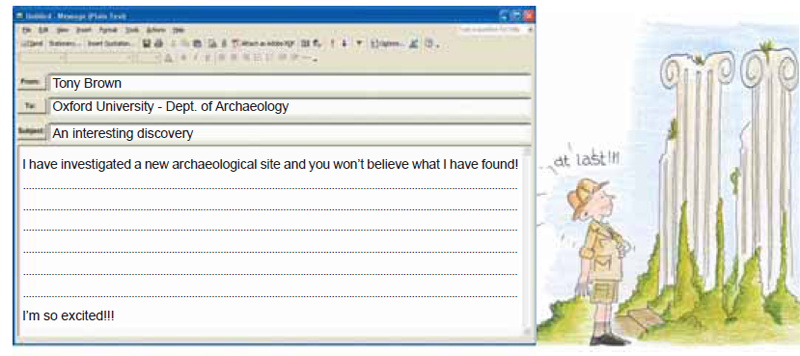|
UNIT 2
ECHOES OF
THE PAST
|
LESSON 4 • MYSTERIES OF OUR WORLD
UNIT 2
|
LESSON 4 • MYSTERIES OF OUR WORLD
We use the Simple Past to talk about ...............................................................................................................................
We use the Present Perfect to talk about ..........................................................................................................................
|
LESSON 4 • MYSTERIES OF OUR WORLD

 UNIT 2
|
LESSON 4 • MYSTERIES OF OUR WORLD
1. Work in groups. Investigate one of the world mysteries below in order to make a presentation
to your class. Look back at page 24 for tips on how to prepare your project. Easter island
• Stonehenge
• The Great Pyramid • The Sphinx • Baalbeck • Tiahuanaco • Easter island statues • Ollantaytambo • Sacsayhuaman • Kailasa Temple • Al-Khazneh 2. Research the monument you have chosen. You can find information by looking through
newspapers and magazines, relevant books or online sources such as www.mysteriousplaces.com The following questions might help you:
• When were these monuments made? By whom? • Where were they found? • What were they like? • Who discovered them? • What materials were used to build them? • Which were the most important artifacts found? • Who lived there? • What were they originally used for? UNIT 2
|